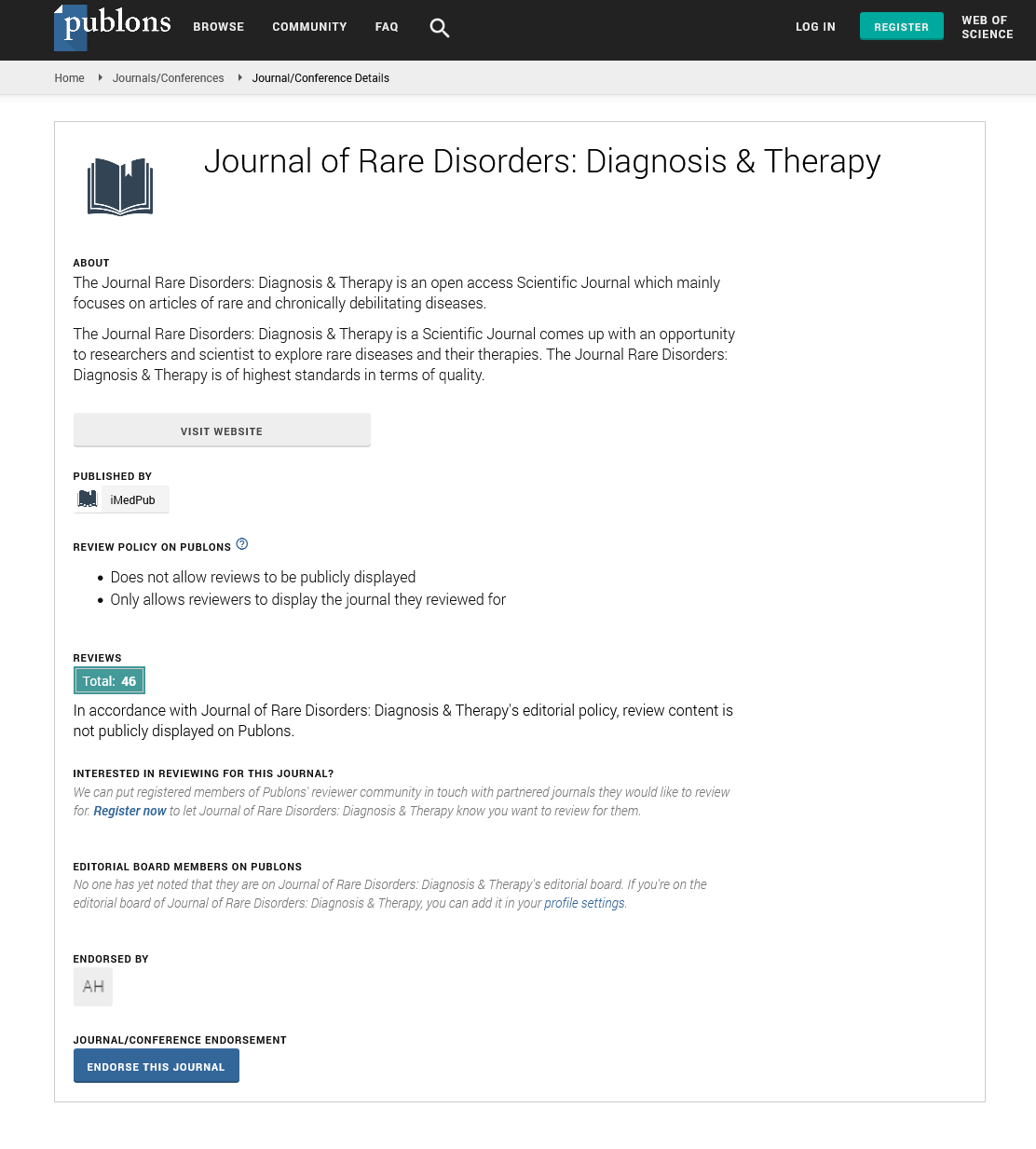Abstract
Focusing New Ataxia Telangiectasia Therapeutic Approaches
Ataxia Telangiectasia (AT) is a rare worldwide disease inherited as autosomal recessive with a poor prognosis in its classical form. It is characterized by neurological impairment (progressive cerebellar ataxia, axonal peripheral neuropathy, oculomotor apraxia, and movement disorders such as dystonia, choreoathetosis, myoclonus, tremor, Parkinsonism), telangiectasias, recurrent sino pulmonary infections, proneness to cancer, increased alpha-fetoprotein and decreased IgA levels and radio hypersensitivity. AT is caused by biallelic mutations in ATM gene, which plays a pivotal role in the control of cell cycle and in the response to DNA double strand break damage and chromatin changes. The management of patients, as well as prognosis, depends on the severity of the phenotype; only symptomatic therapies are by now available. Here we discuss the classical and the new therapeutic approaches in the light of the most recent reports in the literature.
Author(s):
Luciana Chessa, Roberto Micheli and Anna Molinaro
Abstract | Full-Text | PDF
Share this

Google scholar citation report
Citations : 241
Journal of Rare Disorders: Diagnosis & Therapy received 241 citations as per google scholar report
Journal of Rare Disorders: Diagnosis & Therapy peer review process verified at publons
Abstracted/Indexed in
- Google Scholar
- China National Knowledge Infrastructure (CNKI)
- Directory of Research Journal Indexing (DRJI)
- Publons
- International Committee of Medical Journal Editors (ICMJE)
- Secret Search Engine Labs
- Euro Pub
Open Access Journals
- Aquaculture & Veterinary Science
- Chemistry & Chemical Sciences
- Clinical Sciences
- Engineering
- General Science
- Genetics & Molecular Biology
- Health Care & Nursing
- Immunology & Microbiology
- Materials Science
- Mathematics & Physics
- Medical Sciences
- Neurology & Psychiatry
- Oncology & Cancer Science
- Pharmaceutical Sciences


